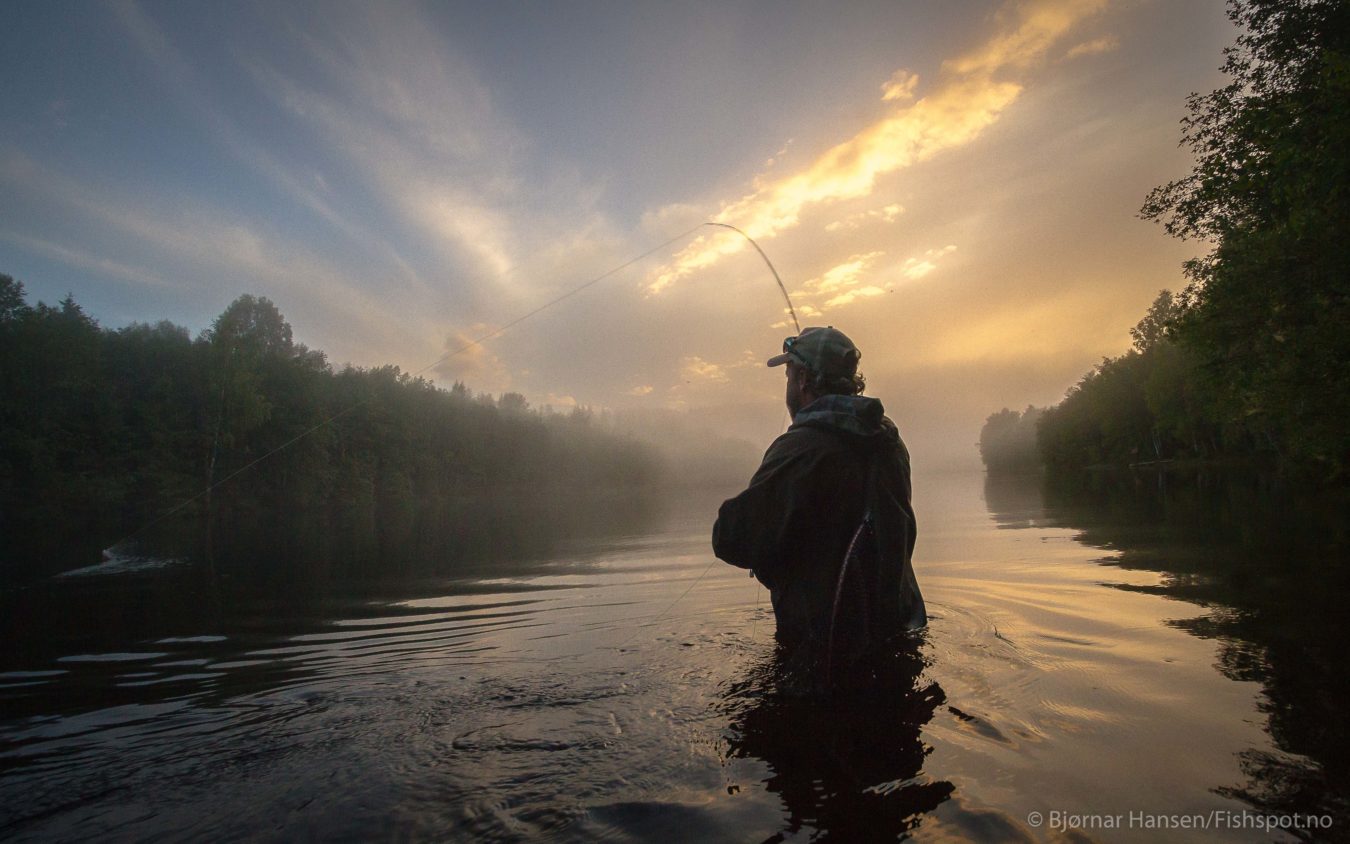Fishing, or “fiskning” as it’s called in Scandinavian languages, is a pastime enjoyed by millions around the world. Whether you’re seeking a relaxing day on the water, a chance to connect with nature, or a way to put fresh, delicious food on the table, fiskning offers something for everyone. This comprehensive guide will equip you with the knowledge and skills you need to get started with your own fishing adventure.
What is Fishing?
Fishing refers to the practice of catching fish in freshwater (lakes, rivers, streams) or saltwater (oceans, bays). It can be done for a variety of purposes, including:
- Commercial fishing: Supplies fish for consumption and other uses.
- Subsistence fishing: Provides food for individuals or families.
- Recreational fishing (sportfishing): Offers enjoyment, relaxation, and a challenge.
There are numerous methods for catching fish, each with its own equipment and techniques. We’ll explore these in detail later.
Getting Started: Essential Gear
Before you cast your line, you’ll need some basic fiskning equipment. Here’s a breakdown of the essentials:
- Rod and reel: The rod is a long, flexible pole that holds the line. Reels help cast the line and reel in fish.
- Line: Choose fishing line based on the type of fish you’re targeting and the weight you expect to cast.
- Hooks: These come in various sizes and styles depending on fish species and bait.
- Sinkers: Weights attached to the line to help your bait reach the desired depth.
- Swivels: Prevent line twisting caused by reeling.
- Bobbers (floats): Signal bites by indicating movement on the water’s surface.
- Bait and lures: Attract fish with natural baits (worms, minnows) or artificial lures (crankbaits, jigs).
- Tackle box: Stores all your fiskning gear conveniently.
- Cooler: Keeps your catch fresh, especially important in hot weather.
- Safety gear: Life jacket for safety on the water, hat, and sunscreen for sun protection.
Tip: Many sporting goods stores offer pre-assembled fishing combos that include a rod, reel, and line – perfect for beginners!
Choosing Your Fishing Spot
The success of your fishing trip depends largely on where you choose to cast your line. Consider these factors:
- Type of fish: Different fish species inhabit specific water bodies. Research your target fish to identify their preferred habitat (lakes, rivers, saltwater).
- Time of year: Fish behavior and location can change seasonally. Some species migrate, while others spawn in specific seasons.
- Water conditions: Look for areas with clear water, moderate current (if fiskning in rivers), and appropriate depth for your target fish.
- Regulations: Always check local fishing regulations for licenses, size limits, and closed seasons to ensure responsible fishing.
Tip: Consult local fishing guides, online resources, or ask experienced anglers for recommendations on productive fishing spots.
Fishing Techniques: A Look at Popular Methods
There’s no one-size-fits-all approach to fiskning. The best technique depends on the fish you’re after and the environment you’re fishing in. Here’s a glimpse into some common methods:
- Spin fishing: A versatile technique using a spinning reel that allows casting lures or baits over long distances.
- Baitcasting: Requires a specialized baitcasting reel and offers more control over casting heavier lures.
- Fly fishing: Utilizes a fly rod, lightweight line, and artificial flies that resemble insects or small fish.
- Trolling: Dragging lures or bait behind a moving boat to cover a larger area of water.
- Bottom fishing: Letting your bait or lure sink to the bottom to target bottom-dwelling fish.
- Ice fishing: Fishing through a hole cut in the ice on frozen lakes or rivers.
Mastering the Cast: Step-by-Step Guide
Casting your line smoothly and accurately is a fundamental skill in fishing. Here’s a breakdown of the basic casting technique using a spinning reel:
- Prepare your gear: Attach your line to the reel, tie your hook and bait/lure securely. Open the bail (the wire arm on the reel) to allow the line to flow freely.
- Grip the rod: Hold the rod comfortably with one hand just below the reel seat and grip the line firmly with your other hand a few feet above the reel.
- The backcast: Point the rod tip behind you with the line held off the ground. Flick your wrist backward to propel the line and lure through the air.
FAQs on Fiskning (Fishing)
Q: What kind of fish can I catch for beginners?
A: Sunfish, perch, and crappie are all good options for beginners. They are relatively easy to catch, readily available in many freshwater areas, and put up a good fight on a light tackle setup.
Q: Do I need a fishing license?
A: In most areas, yes, a fiskning license is required. Licenses are typically inexpensive and can be obtained from sporting goods stores, wildlife agencies, or online. Always check local regulations for specific requirements.
Q: How do I properly handle and release fish?
A: Handle fish with care to minimize stress. Wet your hands before touching the fish and avoid grabbing the gills. If releasing the fish, use barbless hooks or carefully remove the hook with pliers. Release the fish gently back into the water.
Q: How do I clean and cook my catch?
A: There are many resources available online and in cookbooks for cleaning and preparing fish. The specific method depends on the fish species and your desired dish.
Q: Is fishing safe?
A: Fiskning can be a safe activity if you practice common sense. Always wear a life jacket when fiskning from a boat or near water. Be aware of your surroundings and watch out for hazards like uneven terrain, currents, and boat traffic.
Conclusion
Fiskning is a rewarding and enjoyable pastime that offers a chance to connect with nature, challenge yourself, and potentially provide a delicious meal. This beginner’s guide has equipped you with the foundational knowledge and steps to get started on your own fishing adventure. Remember, practice makes perfect! As you gain experience, you’ll refine your skills, discover new techniques, and create lasting memories on the water. Tight lines!



